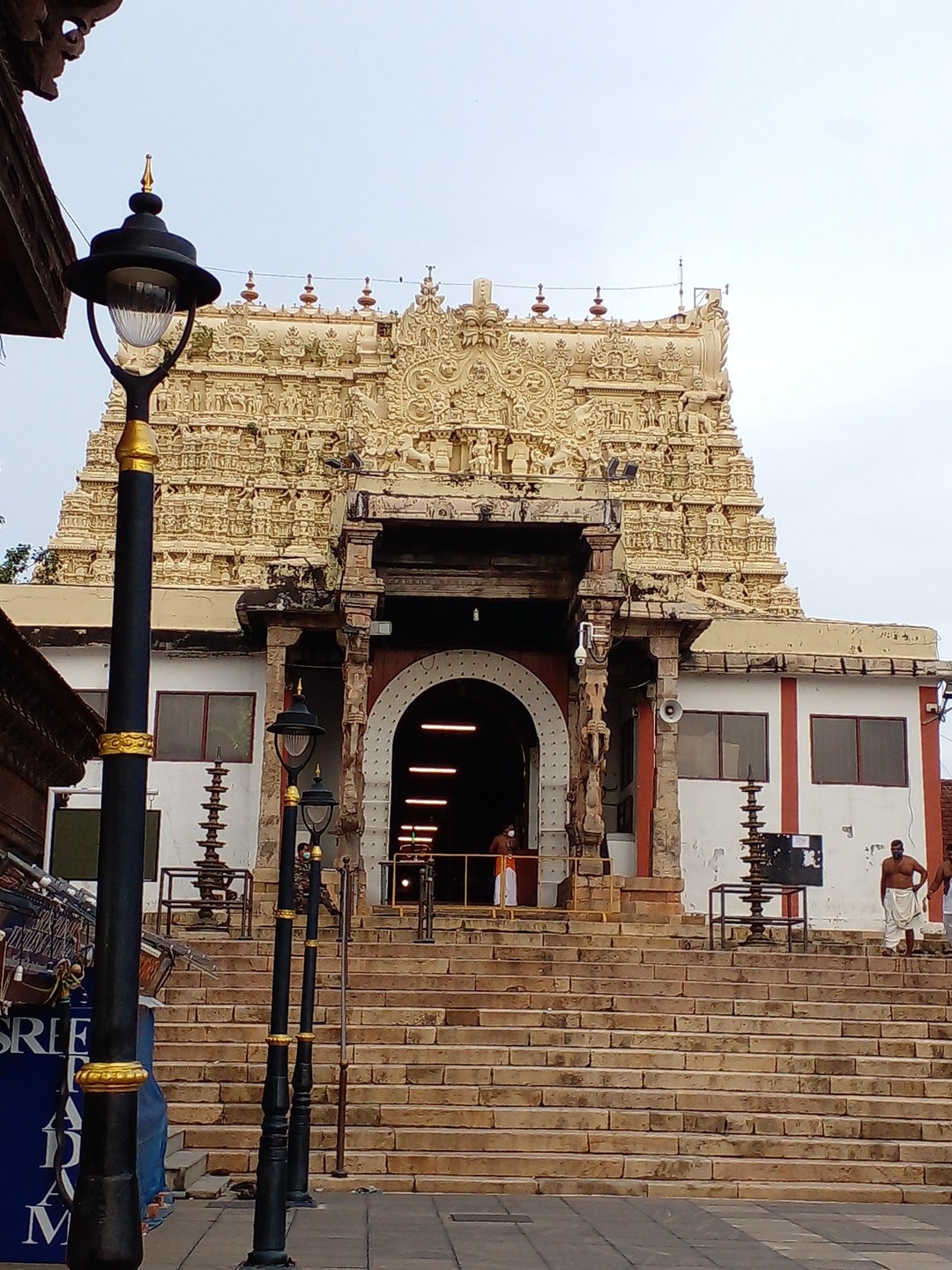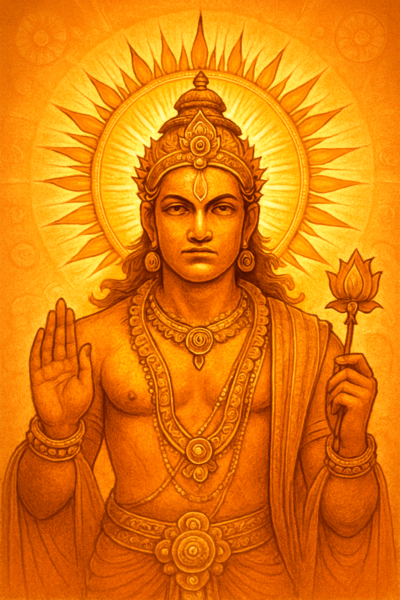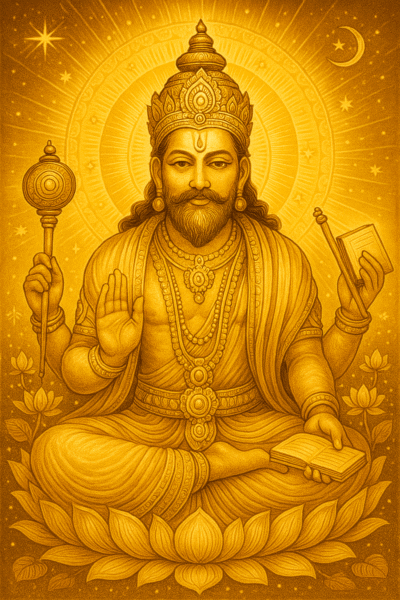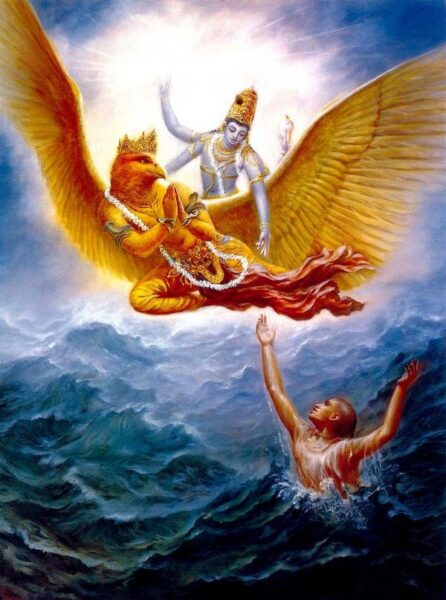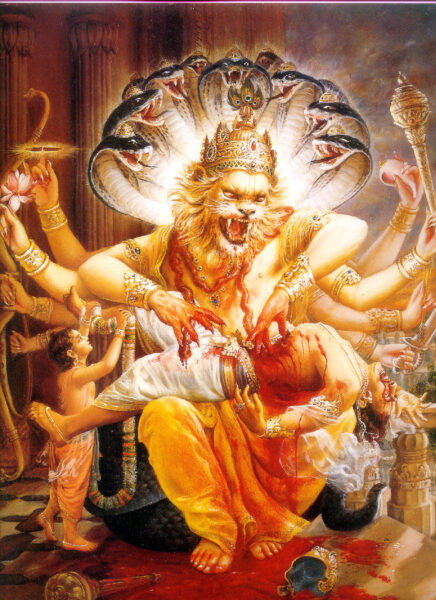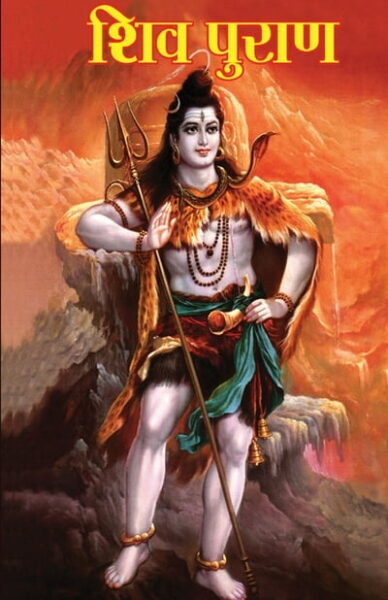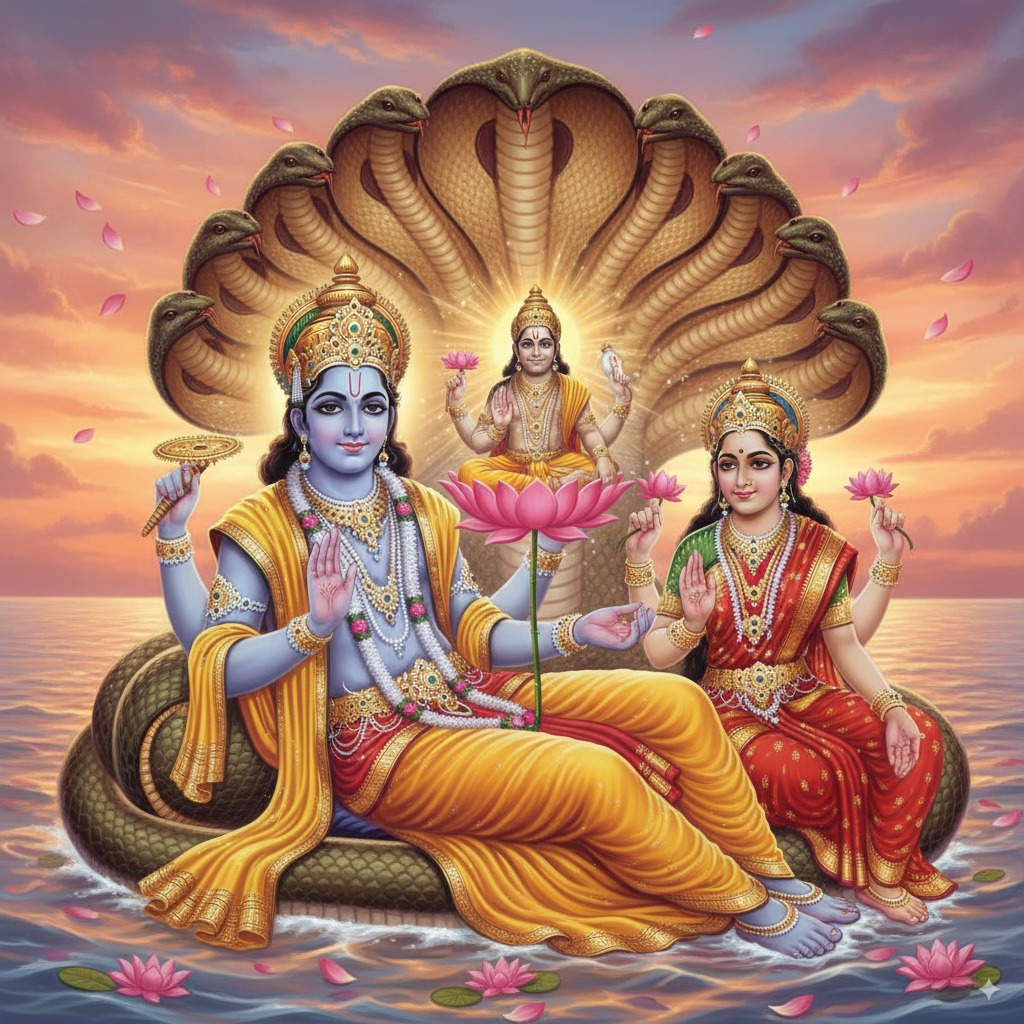Introduction
The Shree Padmanabhaswamy Temple in Thiruvananthapuram, Kerala, is one of the most sacred and historically rich temples of India. Dedicated to Lord Vishnu, who is worshipped here as Padmanabha Swamy, this temple stands as a symbol of deep faith, royal heritage, and architectural excellence. The deity is depicted in the unique reclining posture known as Anantha Shayanam — resting on the serpent Adi Shesha with a lotus emerging from His navel, upon which Lord Brahma sits.
Considered one of the 108 Divya Desams (holy Vishnu shrines) mentioned in the Vaishnava tradition, Shree Padmanabhaswamy Temple continues to inspire awe and devotion with its spiritual grandeur and timeless legacy.
Historical Significance
The temple’s origins are shrouded in ancient legend and divine mystery. According to Hindu mythology, Lord Vishnu appeared before the sage Vilvamangalathu Swamiyar as a small child who transformed into a cosmic form stretching across the sky. Overwhelmed by the divine vision, the sage prayed for the Lord to shrink in size so that he could offer proper worship. The Lord obliged and assumed the Anantha Shayanam form, resting on the serpent Adi Shesha — this sacred spot became the site of the present-day temple.
Historically, the temple has been closely associated with the Travancore royal family, who regard themselves as humble servants of Lord Padmanabha. The kings of Travancore dedicated their kingdom to the deity, ruling as Padmanabha Dasa (servant of Lord Padmanabha). This act of surrender symbolized the deep devotion and theocratic governance of the region.
Architectural Brilliance
The Shree Padmanabhaswamy Temple showcases a magnificent blend of Dravidian and Kerala architectural styles. The seven-tiered golden Gopuram (tower) rises gracefully above the temple complex, adorned with intricate carvings depicting stories from the Puranas. The inner sanctum houses the grand idol of Lord Padmanabha, which is about 18 feet long and made of a rare combination of 12,008 sacred salagramams (fossil stones representing Vishnu).
Devotees can view the reclining deity through three separate doors — the head and chest through the first, the hands through the second, and the feet through the third. This unique arrangement adds to the mystical aura of the shrine.
The temple corridors are lined with granite pillars decorated with elaborate carvings, and the overall design reflects harmony, symmetry, and divine geometry — a hallmark of ancient South Indian temple art.
Spiritual Significance
Worshipping Lord Padmanabha Swamy is said to cleanse the soul and grant liberation (moksha). The Lord symbolizes the eternal cycle of creation, preservation, and dissolution. The lotus emerging from His navel signifies the origin of creation, while His tranquil expression represents divine peace and detachment.
The temple gained global attention in recent years due to the discovery of immense treasures within its underground vaults, reaffirming its status as one of the wealthiest and most sacred temples in the world. Devotees, however, believe the true wealth of Padmanabhaswamy lies not in gold but in the spiritual energy that pervades its sanctum.
Rituals and Worship
The daily rituals at the temple are performed in strict adherence to ancient Tantric and Vaishnava traditions. Only trained priests belonging to the Tantri lineage conduct the ceremonies. The day begins early with the Abhishekam (holy bath) of the Lord, followed by various sevas such as Deepa Aradhana, Usha Puja, Ucha Puja, and Deeparadhana in the evening.
- Morning: Nirmalyam, Abhishekam, and Alankaram.
- Noon: Ucha Puja and Naivedyam (food offerings).
- Evening: Deepa Aradhana and Sheeveli procession.
Devotees offer coconuts, flowers, and special Payasam (sweet pudding) to the Lord. The temple maintains a deep sense of sanctity — non-Hindus are not permitted entry, and traditional attire is mandatory for all visitors.
Festivals and Celebrations
The temple celebrates several grand festivals throughout the year, the most prominent being the Alpasi and Painkuni Festivals, held in October-November and March-April respectively. These are ten-day celebrations marked by colorful processions, cultural performances, and Vedic chants reverberating across Thiruvananthapuram.
Another important celebration is the Vaikuntha Ekadashi, when devotees fast and spend the day in prayer, seeking entry into the Lord’s eternal abode, Vaikuntha. The temple also observes Vishnu Jayanti and Thiruvonam Nakshatram with great devotion.
Temple Timings
- Morning: 3:30 AM – 12:00 PM
- Evening: 5:00 PM – 7:30 PM
Ritual timings may vary during festivals or special sevas. Devotees are encouraged to arrive early, especially during major pujas or auspicious days like Ekadashi and Saturdays.
How to Reach Padmanabhaswamy Temple
- By Air: The nearest airport is Trivandrum International Airport, located just 7 km from the temple.
- By Train: Thiruvananthapuram Central Railway Station is only 1 km away and well connected to all major cities.
- By Road: The temple is easily accessible via NH-66 and local transport within the city.
Accommodation and Facilities
Thiruvananthapuram offers numerous options for pilgrims, from budget dharamshalas to premium hotels. The city’s proximity to beaches and cultural centers makes it ideal for a spiritual and serene stay. Many accommodations also provide easy access to the temple and nearby attractions like Kovalam Beach and Napier Museum.
Nearby Attractions
- Kuthiramalika Palace: Historic royal residence near the temple, showcasing Travancore architecture.
- Kovalam Beach: Famous for its scenic beauty and calm waters.
- Sree Parasurama Temple: Another ancient shrine located close to the main city.
Visitor Information
- Location: East Fort, Thiruvananthapuram, Kerala, India
- Deity: Lord Padmanabha (Vishnu in reclining posture)
- Dress Code: Men – Dhoti (no shirts); Women – Saree or traditional attire.
- Entry Restrictions: Only Hindus are allowed entry inside the temple.
- Best Time to Visit: October to March (pleasant weather and major festivals).
Conclusion
The Shree Padmanabhaswamy Temple stands as a timeless representation of India’s spiritual depth and devotion to Lord Vishnu. Every darshan of the Lord in His cosmic repose reminds devotees of life’s transient nature and the eternal peace that comes from surrendering to the Divine. The temple’s aura of serenity, its architectural splendor, and its deep spiritual resonance make it not just a destination — but an awakening.
May Lord Padmanabha Swamy bless all devotees with peace, prosperity, and eternal bliss. 🙏

